Helping Students Read By Choosing The Right Literacy Strategy
Start with the big ideas of written communication: Who (author) is saying what (theme/main idea, etc.) to whom (audience)?
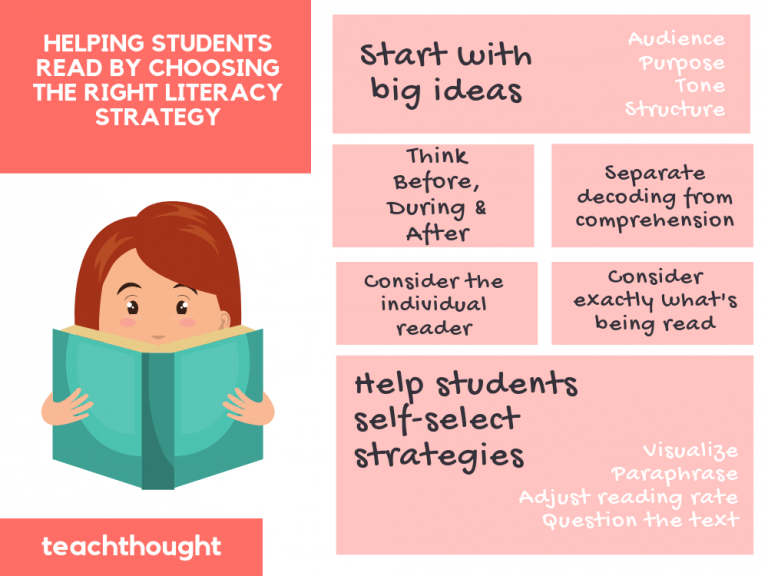
Start with the big ideas of written communication: Who (author) is saying what (theme/main idea, etc.) to whom (audience)?
Reader’s theater is a collaborative literacy activity, for all ages, that incorporates reading, writing, speaking, and listening.
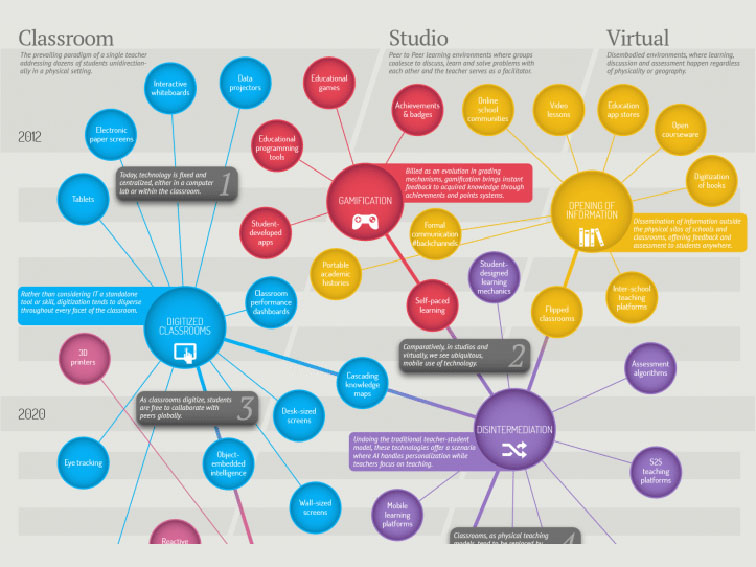
Mind-maps allow teachers to gain insight into their students’ thought processes and see the development of their work.
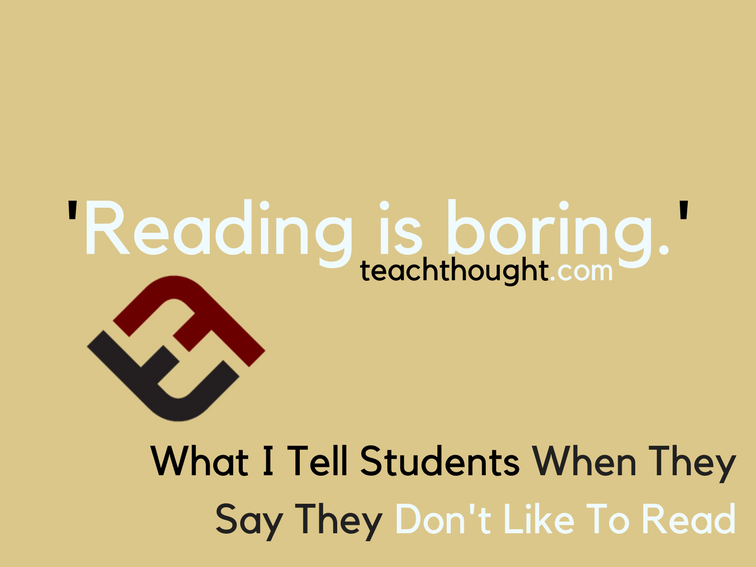
Some readers may think they dislike the process of reading but everyone loves ideas–and reading is a wonderful strategy to find them.
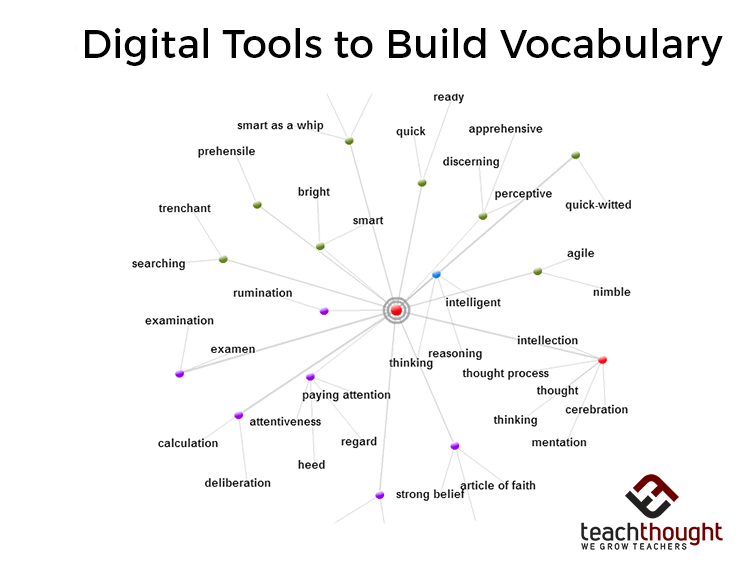
The following digital tools to build vocabulary include reference tools, word clouds, games and review, word walls, and virtual field trips.
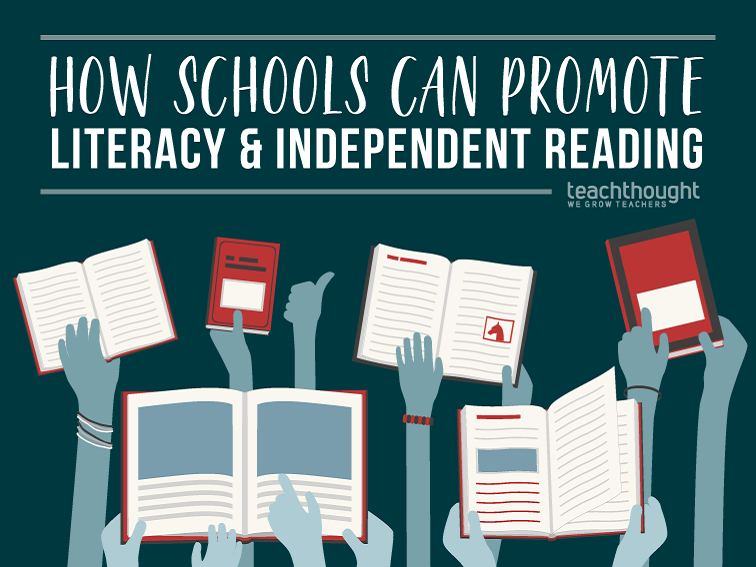
A literacy-rich environment not only supports the academic growth but also encourages conversation, empathy, and critical thinkink.
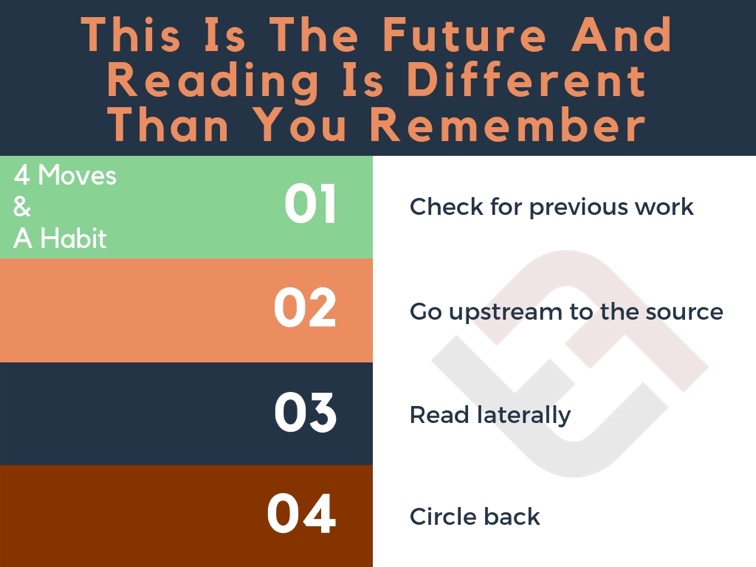
Lateral reading is reading ‘across’ texts sequentially–primarily for the purpose of evaluating the credibility of a text.
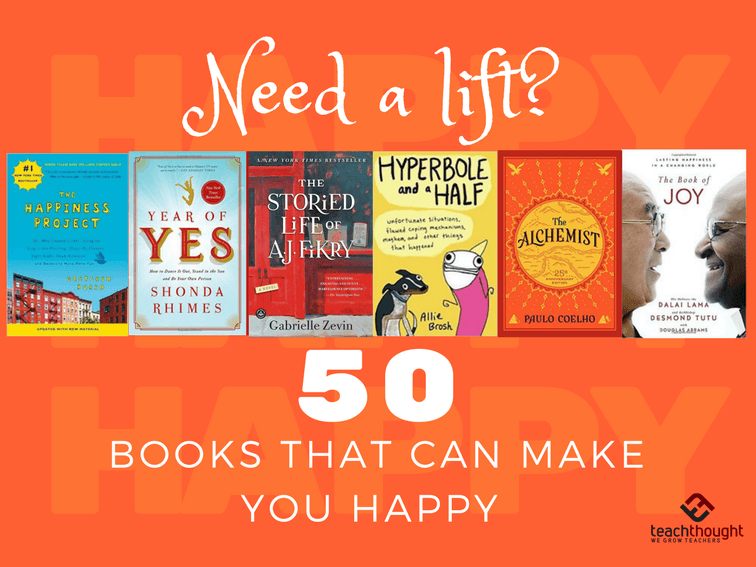
Feel-good fiction? Books that make you happy might be a stretch but well-being comes from a simple concept: What you think about.
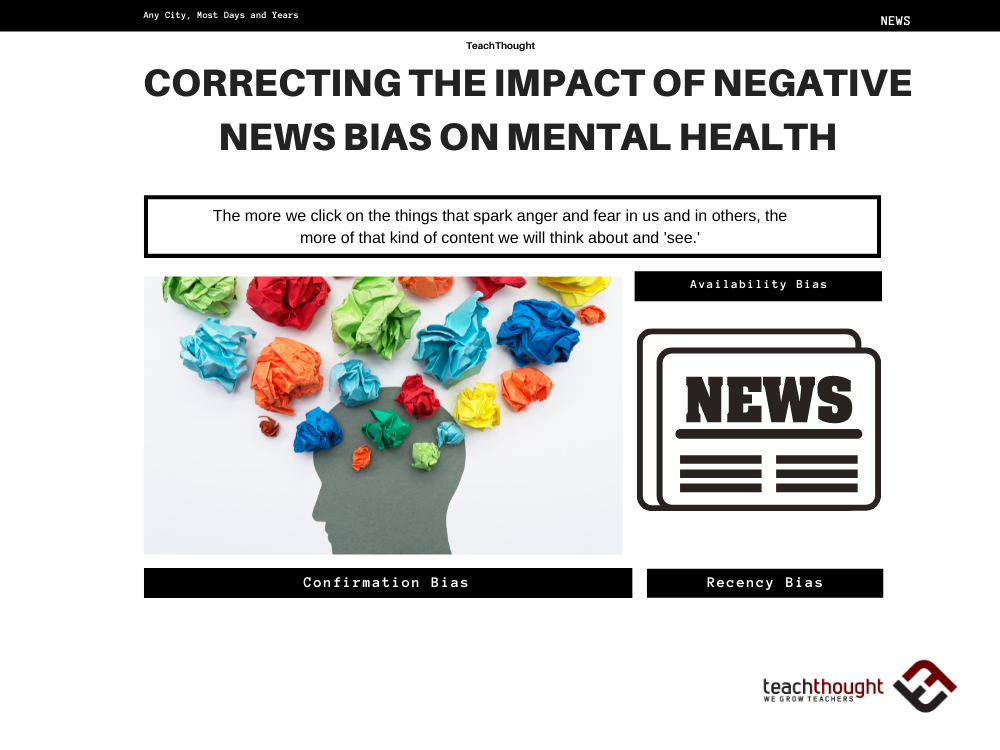
The more we click on what sparks anger & fear, the more of that content we’ll see. Read to learn how to mitigate the impact of negative news.
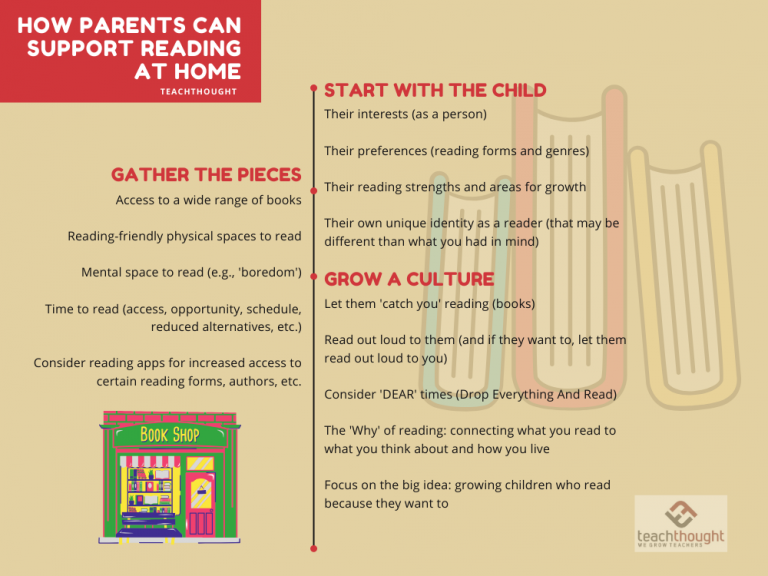
Whether parents should schedule reading at home depends on many factors–including how you ‘frame’ reading and how they respond.
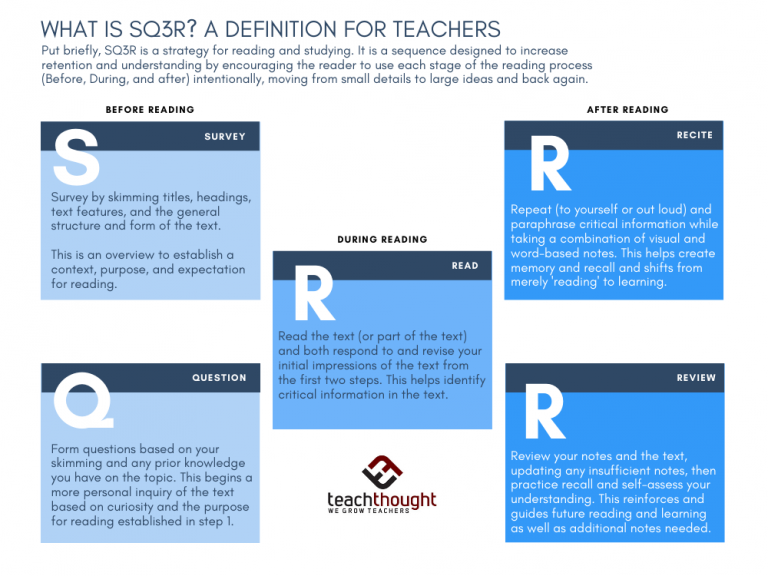
SQ3R stands for Survey, Question, Read, Recite, and Review. It is a study strategy for students designed to increase engagement and retention of a text.
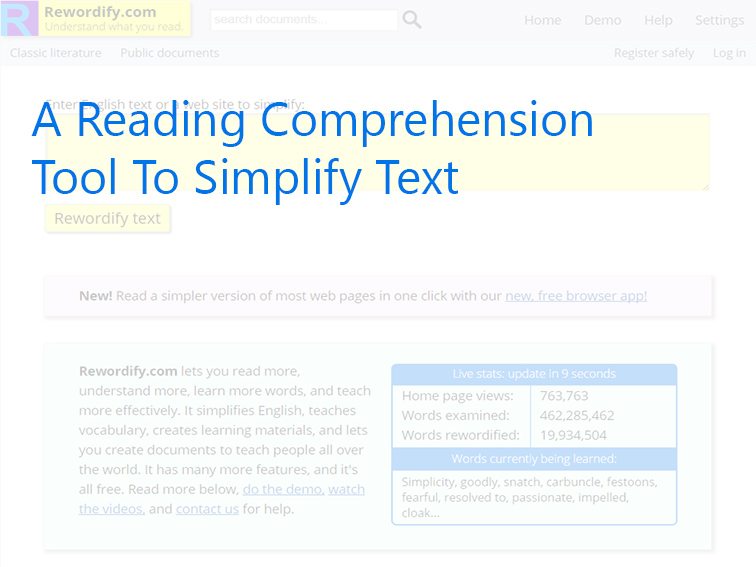
Rewordify attempts to simplify the text at the vocabulary level help to make complex texts easier to read.
End of content
End of content